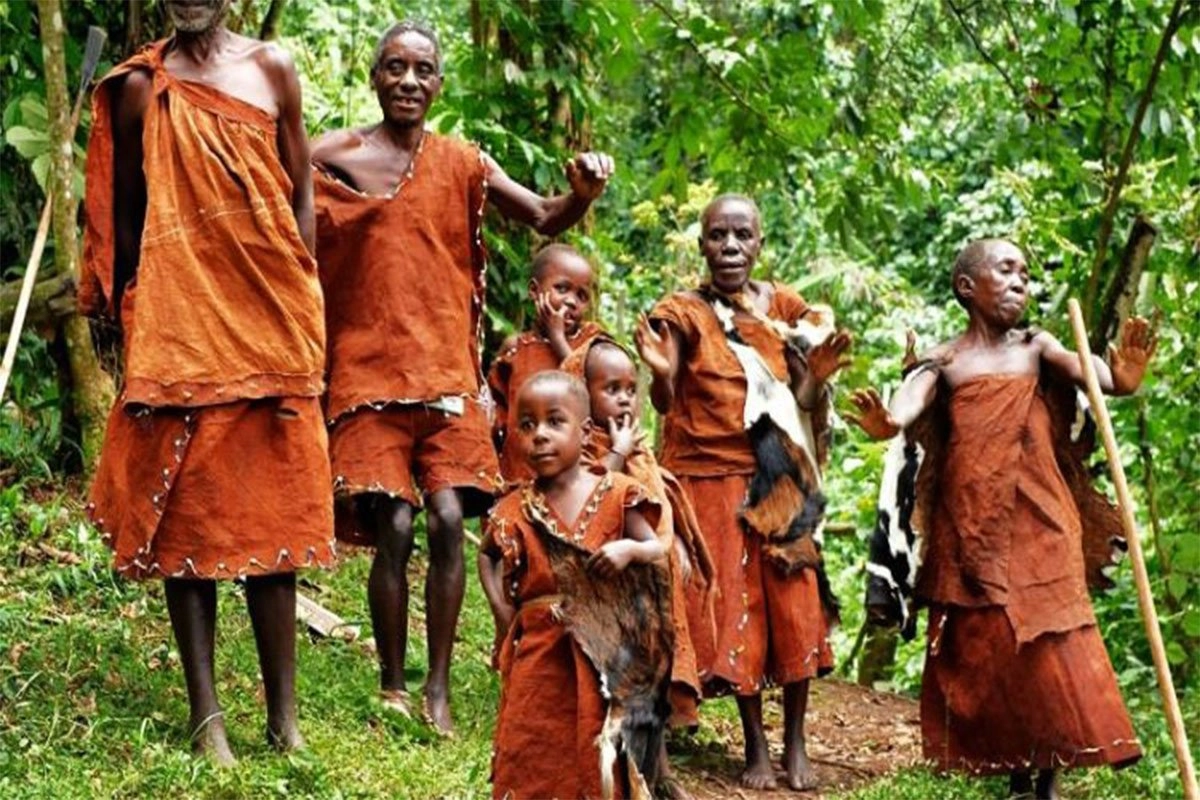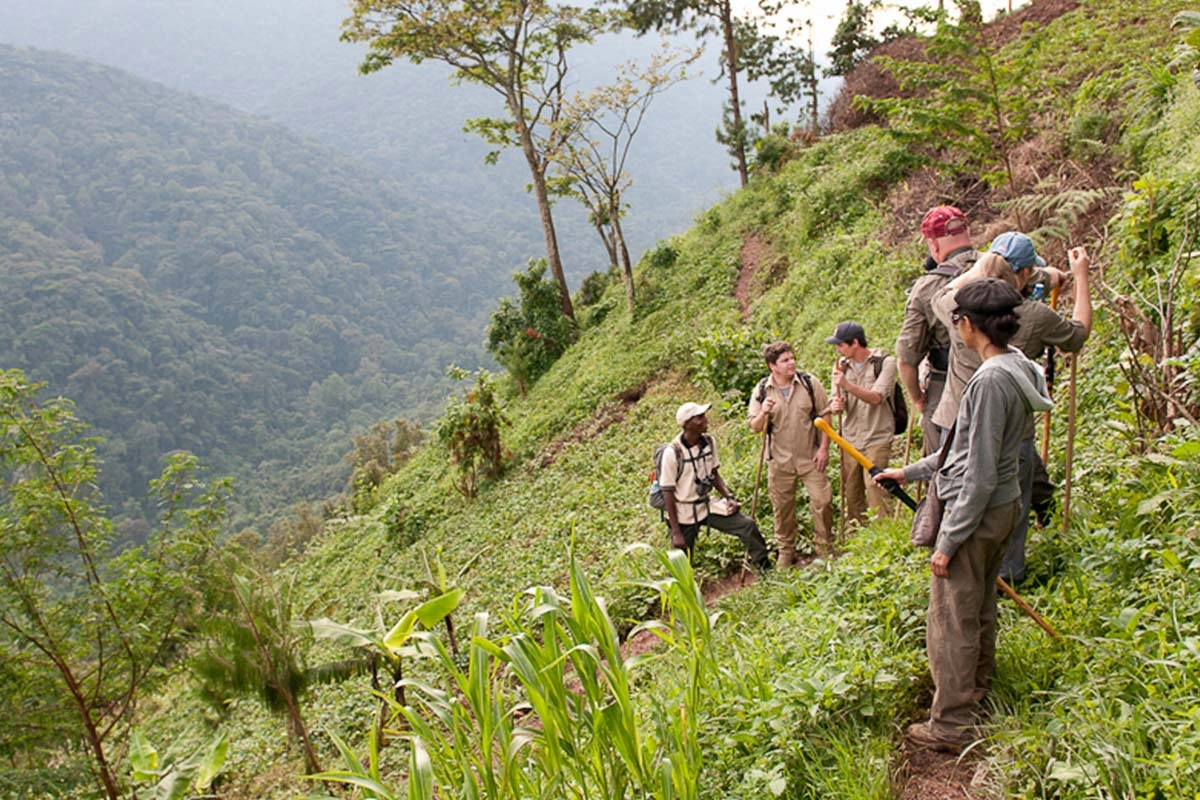
Things to Do in Ruhija After Gorilla Trekking
December 11, 2024
Things to Do in Rushaga Region After Gorilla Trekking
December 11, 2024Gorilla Trekking Rules and Regulations: What You Need to Know Before Your Adventure
Gorilla Trekking Rules and Regulations — Are you planning a gorilla trekking adventure in Africa? To ensure the safety and well-being of both you and the mountain gorillas, there are a set of important rules and regulations you’ll need to follow. These guidelines have been carefully crafted to protect the gorillas and their habitat, ensuring that they remain healthy and undisturbed by human visitors. Gorilla trekking is an incredible experience, but it requires your cooperation to maintain the safety and natural behavior of these endangered animals.
Why Are These Rules Important?
Gorillas are highly susceptible to human diseases, and even minor infections can pose a significant threat to their health. In addition, gorillas are naturally shy animals, and too many visitors or too close of an encounter can cause them stress. Following the rules helps minimize disturbance to the gorillas, ensuring their safety while allowing you to enjoy a unique, immersive experience in their natural habitat.
Where Is Gorilla Trekking Done?
Gorilla trekking can be done in three main African countries: Uganda, Rwanda, and the Democratic Republic of Congo. These countries are home to the last remaining mountain gorillas, and the trekking takes place in the following national parks:
- Bwindi Impenetrable Forest National Park and Mgahinga Gorilla National Park in Uganda
- Volcanoes National Park in Rwanda
- Virunga National Park in the DR Congo
In addition to mountain gorillas, Congo offers a chance to see Lowland gorillas in Kahuzi Biega National Park. Remember, a gorilla trekking permit is required to access these parks, so it’s important to book your permit well in advance, especially for peak seasons (June to September).
Gorilla Trekking Rules and Regulations
1. Illness Prevention
If you are feeling unwell, park staff may refuse your participation in the trek.
Reason: This is to protect the gorillas from diseases that humans might carry.
2. Limit on Group Size
Only one group of eight visitors is allowed to trek to see a family of gorillas each day.
Reason: This helps to minimize stress and reduces the risk of infection for the gorillas.
3. Age Limit
Visitors must be at least 15 years old to go gorilla trekking.
Reason: This is to protect gorillas from childhood diseases like measles, chickenpox, and colds.
4. Limited Time with Gorillas
Your time with the gorillas is limited to one hour.
Reason: Short encounters help to minimize stress and prevent behavioral disturbances.
5. No Flash Photography
Flash photography is strictly prohibited.
Reason: Flash can startle the gorillas and provoke aggressive behavior.
6. Keep a Safe Distance
Always maintain at least seven meters (21 feet) from the gorillas. If they approach closer, slowly move back to a safe distance.
Reason: This protects both you and the gorillas from disease transmission and stress.
7. Stay in a Group
Do not spread out when encountering gorillas—remain in a tight group.
Reason: It allows the gorillas space to move freely and reduces the risk of aggression.
8. Stay Low
Where possible, sit or crouch while observing the gorillas.
Reason: Standing tall can be intimidating to gorillas, and they might perceive you as a threat.
9. Respect the Gorillas’ Space
Avoid raising your hands, pointing, or staring at the gorillas.
Reason: These behaviors can be interpreted as threatening by the gorillas.
10. Don’t Clear Vegetation
Do not clear vegetation to get a better view of the gorillas.
Reason: Disturbing the environment can frighten or stress the gorillas.
11. Don’t Run from a Silverback
If a silverback beats its chest or charges, remain calm and do not run.
Reason: Running can provoke the gorillas further, and standing still is the safest option.
12. No Eating or Drinking Near Gorillas
Eating, drinking, or smoking near gorillas is prohibited.
Reason: These actions can attract gorillas and may introduce germs or cause behavioral disturbances.
13. Keep Quiet
Stay as quiet as possible and communicate in whispers.
Reason: Loud noises can disturb the gorillas and make them reluctant to approach or stay near you.
14. Be Cautious When Sneezing or Coughing
If you need to sneeze or cough, turn away from the gorillas and cover your mouth.
Reason: This helps prevent the transmission of viruses and bacteria to the gorillas.
15. Dispose of Waste Properly
All human waste must be buried using a machete, and all trash must be removed from the park.
Reason: Fecal matter can be harmful to gorillas, and litter can cause harm to animals and the environment.
How to Book Your Gorilla Trekking Experience in Uganda
Booking your gorilla trekking adventure starts with securing a gorilla permit. These can be purchased from the Uganda Wildlife Authority (UWA) at their headquarters in Kampala, or at the UWA office in Kisoro for those traveling from Rwanda. Permits tend to sell out quickly, especially during peak seasons, so it’s advisable to book your permit at least five months in advance.
Excursia Adventures can help you secure your gorilla permits, taking care of the entire booking process for you. Simply contact us with your preferred dates, and we’ll reserve your permit and send you confirmation once payment is made.
Best Time to Go Gorilla Trekking in Uganda
The best time for gorilla trekking in Uganda is during the dry season, from January to February and June to early September. During these months, the trails are easier to navigate, and the gorillas are easier to spot due to lower vegetation levels.
What to Wear for Gorilla Trekking
When packing for your gorilla trek, consider the following essentials:
- Warm clothing: A long-sleeved sweater for the cooler mornings.
- Hiking boots: Waterproof and sturdy for difficult terrain.
- Hat and sunglasses: Optional, depending on the season.
- Binoculars: Perfect for birdwatching and observing other wildlife.
- Gardening gloves: Useful for holding onto branches or trees.
- Raincoat: The weather in Bwindi is unpredictable, so always be prepared.
- Mosquito repellent: Protect yourself from insects during the trek.
- Sunscreen: Especially if you’re trekking in the hotter months.
Tip: Avoid bright colors, as they can scare the gorillas, and stay away from black and blue, which attract tsetse flies.
Where to Stay During Your Gorilla Trekking Adventure
Bwindi Impenetrable Forest National Park offers a variety of accommodation options, depending on the sector you’re trekking in. Whether you’re in the southern sector (Rushaga or Nkuringo) or the northern part (Buhoma or Ruhija), there are plenty of lodges to choose from, including:
- Rushaga Sector: Rushaga Gorilla Camp, Gorilla Safari Lodge, and Four Gorillas Lodge.
- Nkuringo Sector: Nkuringo Bwindi Gorilla Lodge, Clouds Mountain Gorilla Lodge, and Lake Mutanda Resort.
- Buhoma Sector: Buhoma Lodge, Bwindi Lodge, and Buhoma Community Rest Camp.
- Ruhija Sector: Trekkers Tavern Cottages, Ruhija Gorilla Safari Lodge, and Agandi Eco Lodge.
Why Book Your Gorilla Trekking Experience with Excursia Adventures
Excursia Adventures is a trusted local tour operator specializing in Uganda gorilla trekking. We offer customized packages and professional services to make your journey as smooth as possible. Our knowledgeable team will assist you with everything from booking your permits to arranging accommodations and transportation. We take pride in offering personalized itineraries and ensuring that every detail of your trip is well taken care of. Contact us today to begin planning your unforgettable gorilla trekking adventure!




